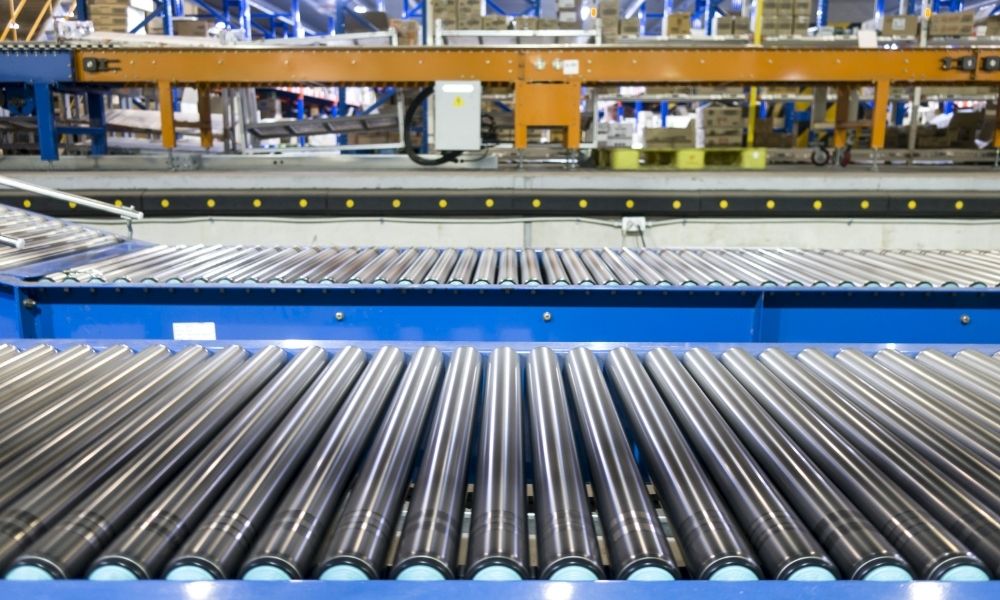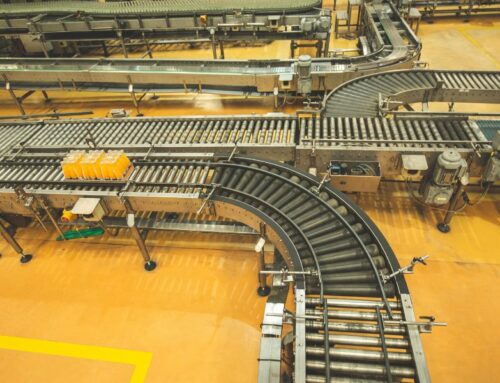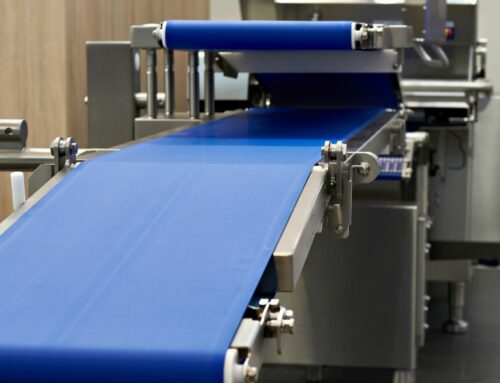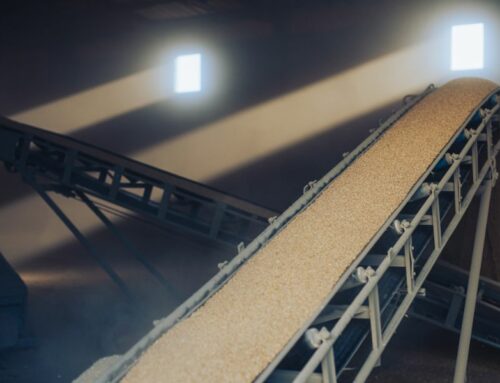
The goal for any industrial project is to improve efficiency while staying safe. One of the best ways to solve both objectives is by installing a conveyor system. Use this quick guide to setting up an industrial conveyor system to help streamline the process.
Don’t Surpass Capacity
An industrial conveyor can handle plenty of weight. However, you should never exceed its capacity because it could destroy the system and its drive. Diligently follow the system’s structural, static, drive, and live load capacity limits to maintain the effectiveness of the newly installed conveyor.
Use Chalk for Proper Installation
If you’re installing a long and straight conveyor, you should draw a chalk line in the center where you want the conveyors in line. Doing so avoids having units out of line, ensuring that products move smoothly across the conveyor system.
Lubricate the Machine
Over time, some areas of the conveyor become dry and rigid. It can be challenging to lift the gates after installation due to this dryness, so it’s advantageous to use a lubricant to loosen things up. After all, it’s how the Tin Man got spry in The Wizard of Oz.
Another area of the conveyor that needs lube is the reducers. People who use the wrong oil can start causing the cogs to wear out before they should, slowing production and ruining the whole purpose of the system.
Have Spare Parts Handy
As a core component of your maintenance strategy, keep a supply of spare parts available. Use the serial number on your conveyor to match the parts you need to the system. If there’s a malfunction due to a faulty part, it’s beneficial to have these items on hand to prevent a shutdown.
Bolt It Down
Bolting the conveyor to the floor gives it stability, providing workers a safer environment to operate more efficiently. If you do not anchor the conveyor to the ground, it may fall over, causing injury to any bystanders.
Use Horsepower for More Speed
Speed is a vital factor for any conveyor system, considering its motive is to increase productivity. To achieve the speed you seek, you need the correct amount of horsepower. Without horsepower being the driving force, you might have to level out your speed to something the conveyor can handle.
Provide Education and Training
The last step of installing a conveyor system is simply educating individuals on how it works and what to do to avoid injury. Any employees who are ignorant about conveyors may act recklessly, damage the property, or hurt themselves.
This quick guide to setting up an industrial conveyor system helps you understand how and why this should be your next investment. Redline Systems is one of the best suppliers for an inclined cleated belt conveyor that can go a long way toward increasing productivity.



